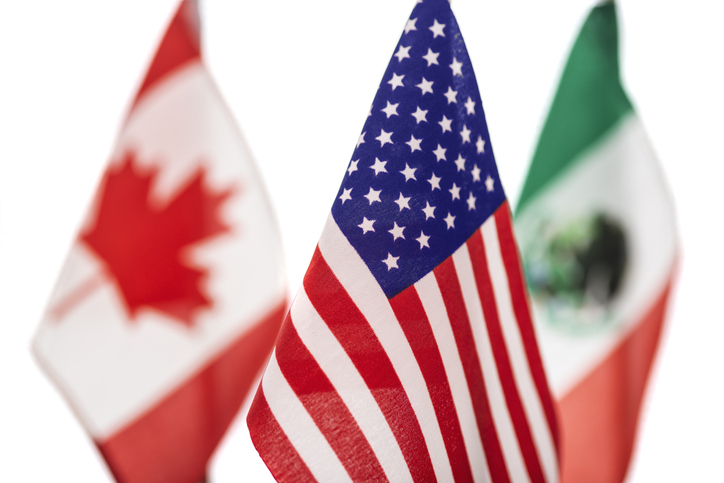
But there’s lots of room for improvement, its critics argue.
The United States-Mexico-Canada Agreement (USMCA) has strengthened the North American auto industry, but its rules are not without their challenges as the industry transitions from internal combustion to clean energy vehicles.
That was the gist of a mandated report prepared for Congress by the office of the U.S. Trade Representative and released this week. It’s an examination specifically of the provisions pertaining to autos in the trade deal that replaced NAFTA in 2020.
“Since the new (rules of origin) were made public in late 2018, manufactures have invested billions of dollars to increase North American autos and parts production. And the EV transition has accelerated new investments in North America,” it reads.
That’s true. Behind the trade deal’s rules of origin (ROO), which determine where a product must be made to qualify it for duty-free status, and major domestic industrial investments included in the Inflation Reduction Act (IRA), private investment in battery and clean-vehicle manufacturing in the United States has spiked in recent years. It went from basically nothing in 2019 to $13 billion in the first quarter of 2024 alone.
But even as that investment is an encouraging sign for domestic auto manufacturing, tariffs on autos imported from Mexico are up – a lot – showing that many automakers have decided to pay them rather than comply with the USMCA’s ROO terms, notes Politico.
This was a point also highlighted in the report, which referred to an observation made by the United Auto Workers (UAW) this past winter:
During the February 7 hearing, the UAW argued that the 2.5 percent U.S. Most Favored Nation (MFN) tariff on passenger vehicles is only a “minor infraction” for not following the USMCA rules. The UAW pointed to recent U.S. import statistics showing that a greater share of autos imported from Mexico are not claiming the USMCA preference as evidence of companies taking advantage of cheaper Mexican labor but not increasing content to meet the full USMCA ROOs. Further, the UAW claimed that Chinese auto producers would exploit the North American automotive infrastructure and ecosystem that have been developed over the past 25 years by establishing operations in Mexico, paying the 2.5 percent MFN tariff, and having access to the U.S. market free of the Section 232 and Section 301 tariffs.
Indeed, Chinese automakers have not been shy about heavily investing in Mexico. More than 30 of them already operate there, according to Mexico News Daily, and more – including global electric vehicle market leader BYD – have plans to invest there.
The United States and Mexico have agreed to cooperate on foreign investment screening to address “national security risks.” Still, U.S. critics aren’t happy about the increasing amount of Chinese products – autos or otherwise – moving through Mexico.
“The challenge for the U.S. and North American automotive industries,” wrote the Economic Policy Institute’s Adam Hersh in a January letter, “remains the same today under USMCA as it did under NAFTA and before: surging automotive imports from low-wage, low-standard producers made possible by a regulatory environment favoring corporations and capital owners over workers and communities, wherever that may be in the global economy.”
